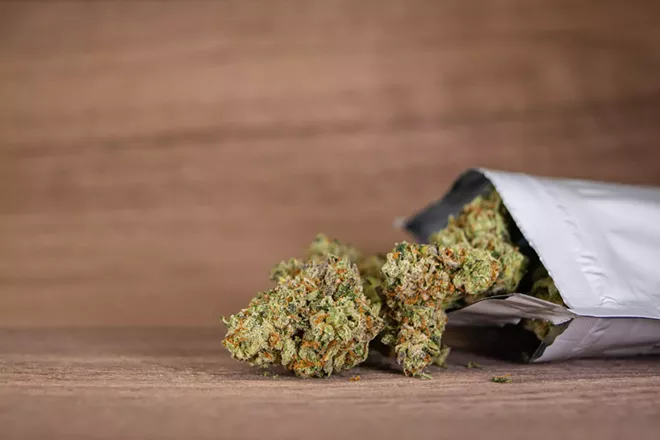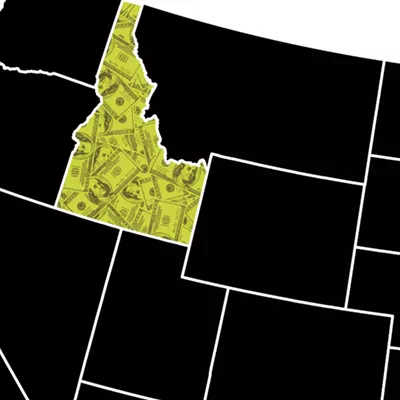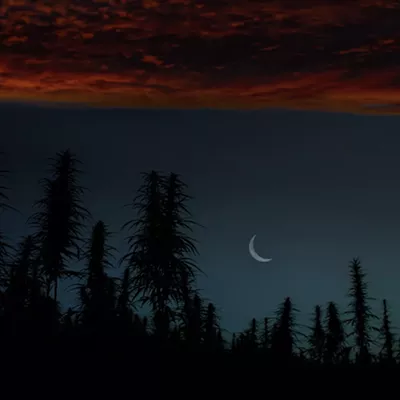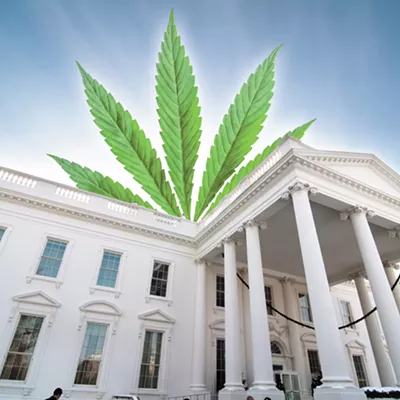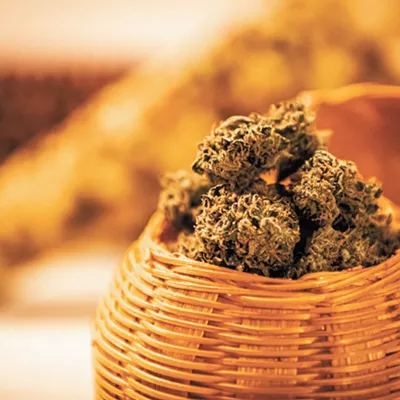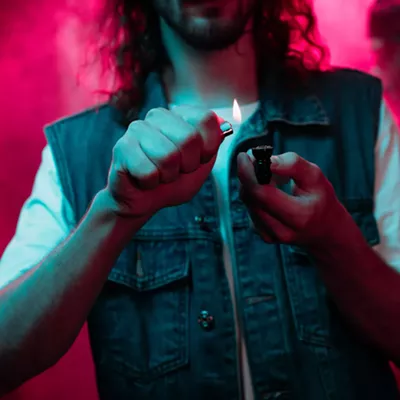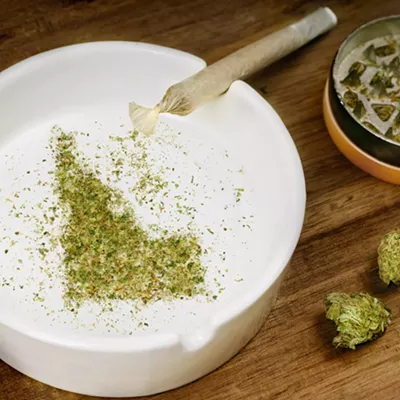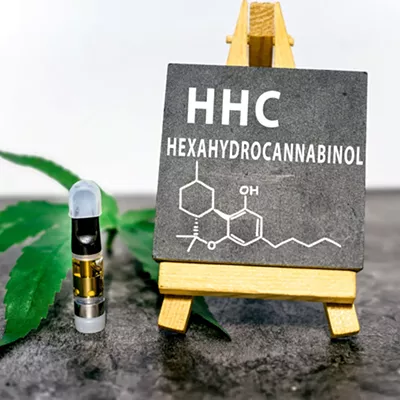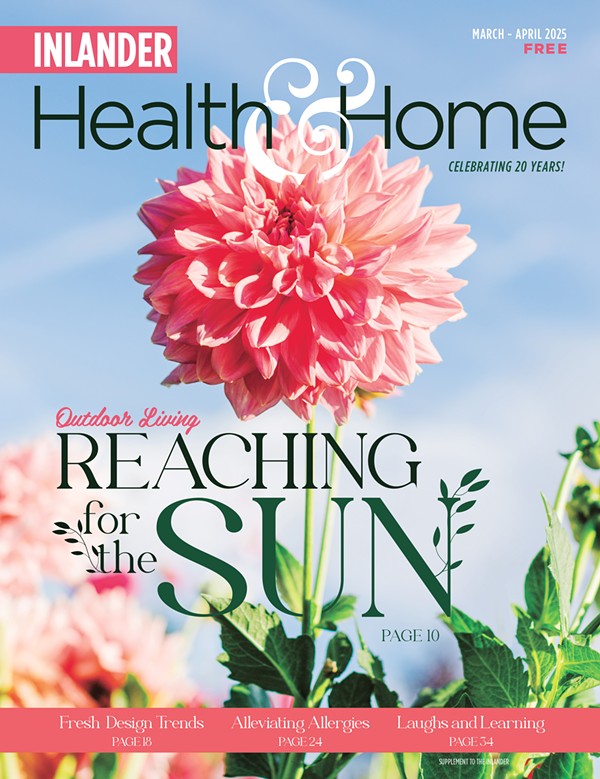A study on cannabis potency and psychosis from researchers at the University of Bath in the United Kingdom, published last month in The Lancet Psychiatry, has been generating some ominous news. CNN's headline included the words "creating marijuana addicts worldwide," while USA Today ran an op-ed calling for caps on THC potency. Even stories that covered the study without any spin were unsettling. That's because the results of the study themselves are unsettling.
The researchers conducted what they believe to be the first ever systematic review of studies on the association between cannabis potency and mental health issues. The studies they reviewed included nearly 120,000 participants over multiple decades, and the results were clear: High-potency cannabis use is riskier in the long term compared to lower potency cannabis.
"Findings from this systematic review highlight the potential for an increased risk of negative mental health outcomes and addiction with higher potency cannabis use," the researchers wrote. "The findings support recommendations to discourage the use of higher potency cannabis products for low risk use."
The researchers also noted that cannabis potency has gone up over time, and specifically cited numbers from Washington's legal market as an example. High-potency cannabis is more accessible than ever and often is seen as an attribute of high-quality cannabis. But low potency does not necessarily mean low quality. It's still possible to find great, low-potency cannabis products if you know where to look.
First, steer clear of concentrates, which by definition contain high concentrations of THC and other cannabinoids. Beyond that, it's important to know what defines "high potency."
A 2016 study by researchers at the University of Mississippi found that in 1995, cannabis in the U.S. had an average potency of around 4 percent THC. Today, by comparison, Cinder's downtown location alone has two dozen different flower products available with over 25 percent THC, and some over 35 percent. Cinder's low-potency offerings may be lacking in numbers by comparison, at around a dozen, but not quality.
Othello grower Grass Valley has a line of low-THC and even lower CBD products — higher CBD content can lessen the effects of THC in some users. Bellingham's Eagle Trees grows pesticide-free flower, some strains with THC and CBD contents in the mid-teens and lower.
The best advice when looking for low-potency flower, as is often the case when shopping for cannabis, is to talk to your budtender. Then, read the label on the product. All legal cannabis in Washington is required to list potency on its label. ♦

